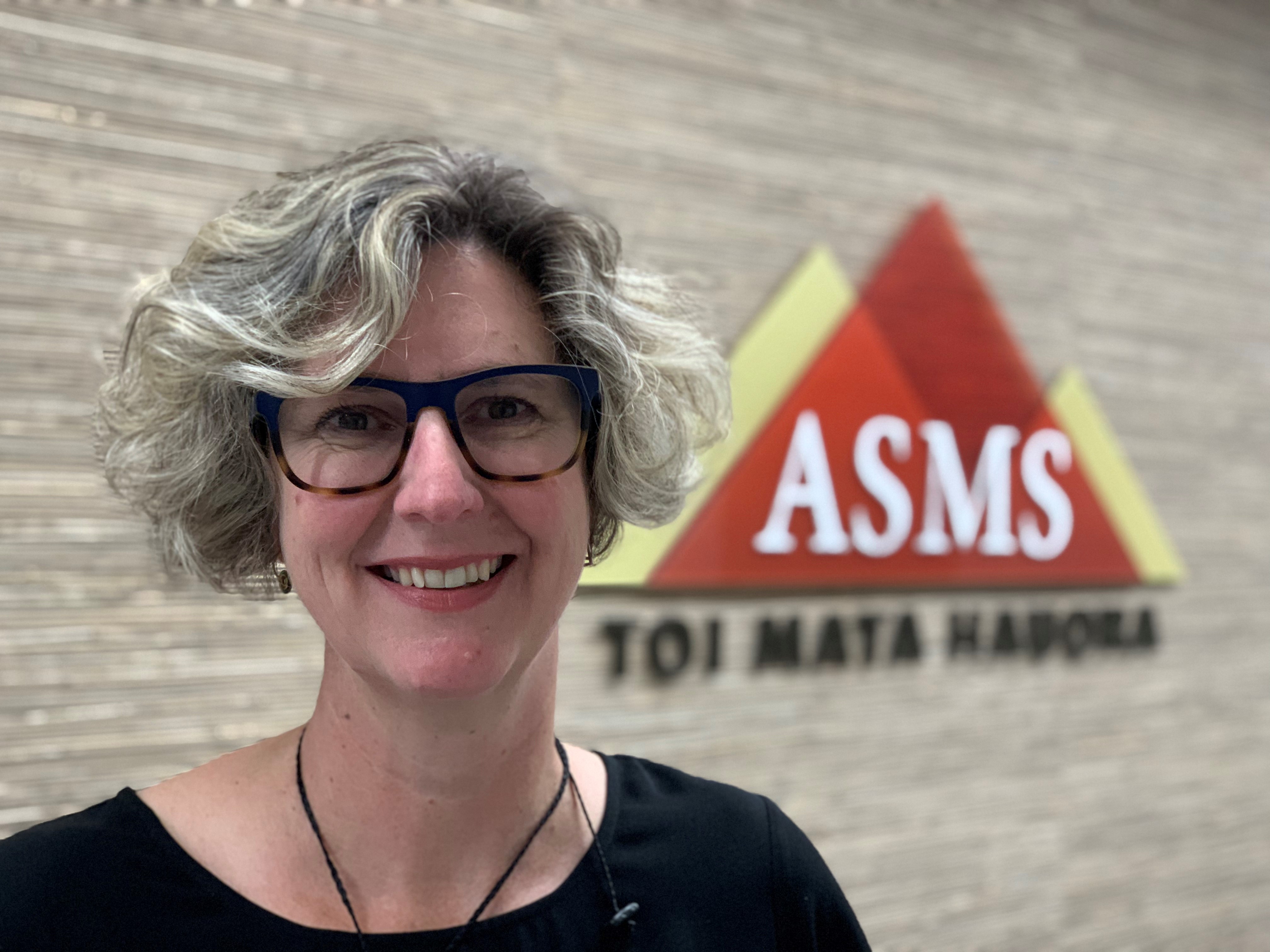
3 minute read
Director's Column: FROM ZERO TO NERO
SARAH DALTON, EXECUTIVE DIRECTOR
I’m not sure how much attention you’re paying to the regular comms updates from Te Whatu Ora. We are incredibly busy responding to the ‘simplify to unify’ consultation process concerning ‘enabling services’. This is a fairly shambolic process, with some of our GP liaison members tangled up in the commissioning restructure (they should not be, and we are working hard to sort this out) and with senior Te Whatu Ora staff quietly owning up that they’re not entirely across all the details of who, what and where regarding several of the reviews. Nonetheless, they are pressing on and many of you will know people whose jobs are on the chopping block.
Advertisement
This is incredibly distressing for health workers – primarily those directly impacted, but also to others. Our initial advice to the employer was to sort out models of care and allow clinical priorities to lead Te Whatu Ora priorities. But this is not what they are doing.
By the time you read this, it is likely that recruitment for the most national medical officer and chief clinical officer will be well under way. But broader initiatives focused on addressing well known clinical shortfalls will not.
In the May workforce update to staff from Te Whatu Ora there was a nod to GP training, a scattering of other education pathways, and some limited nursing support.
What it didn’t cover was any of the following: exact workforce numbers
• a breakdown of SMO/SDO FTE and headcount by district, region, and specialty
• priority areas for training and recruitment
• strategies to support consultants who are a necessary part of training RMOs and other regulated health workers
I could go on…
Most of these initiatives will have been discussed by the workforce taskforce. I find it hard to believe that, after months of work and I hate to imagine how many thousands of dollars spent, this is the best they could come up with.
It would seem that the workforce taskforce has been fiddling while Rome burns. ASMS has not.
Our industrial team continues to engage by service, district, and in some cases region, to establish additional duties and safe work provisions and maintain our programme of job sizing.
Along with our industrial director, I have been increasingly engaged in supporting higher level meetings to try to resolve a number of situations –some individual, others across services – in an attempt to get reasonable engagement and outcomes for issues that have been needlessly escalated by the employer.
This is a massive frustration for me personally, and for the ASMS staff and executive, given the high-level commitments given by Te Whatu Ora bosses that they will move away from toxic and punitive work environments. While this is necessarily going to take a while (turning the Titanic has already been comprehensively demonstrated to be tricky), it is angering to learn of the type of HR practices that continue to be enabled across our hospitals network.
Our policy and research team completed a significant workforce report for our November 2022 conference, and has subsequently presented a briefer submission on our medical workforce crisis to the Productivity Commission. You can read both of those on our website, but a brief repetition of key recommendations from the aptly titled Workforce: The make or break of the health reform is worth a few moments of your time. It can be seen on p27 of this issue.









